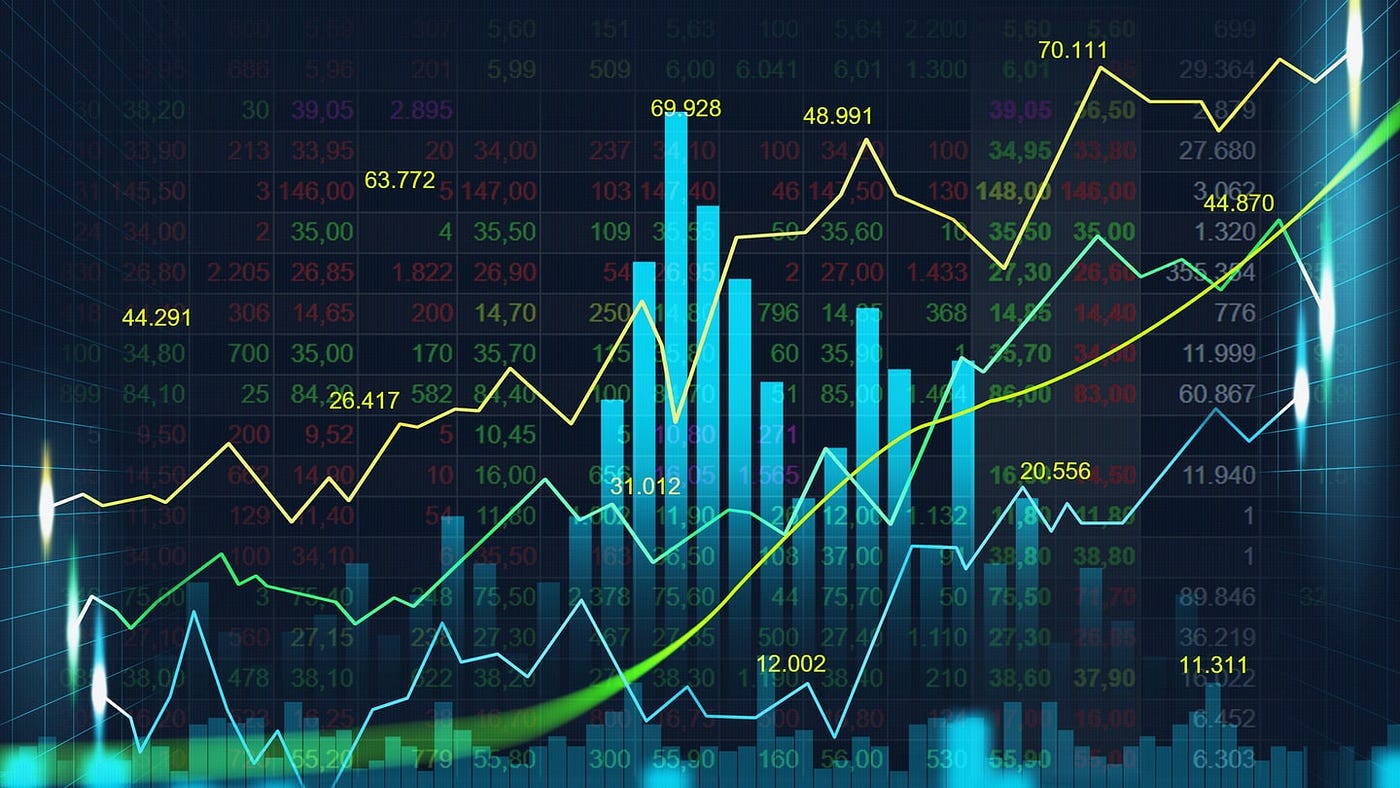
Sitting by the beach on a sunny day, you had a great idea but do not know if it would work or in real-world trades. Backtesting is a technique that can help you test out your ideas before putting your money at stake.
What is Backtesting?
Backtesting is a technique that traders use to validate their new strategy on the past market data. There is no real investment and thus no risk of asset loss. If the trading strategy produces favorable results in a backtest, the traders generally decide to go ahead with it.
A backtesting tool works as a risk-free feedback environment that lets you know the possible sources of risks and opportunities when a strategy is applied in a particular market environment. It facilitates enhancements in your present strategy equipping it to perform even better in a real scenario. Professional crypto traders always backtest their trading strategies before putting them out as crypto signals for their members. Automated trades, if done without backtesting, have a great potential to turn out to be a disaster.
Benefits of Backtesting
Backtesting is a popular method in professional circles due to the range of benefits it offers.
– Zero-risk method to test strategies
– Improved trading strategies
– Reduced risk in a real trading environment
– Easier to test assumptions
– Helpful in honing one’s analysis fundamentals
How Does It Work?
When we backtest, we assume that what has worked in the past will work in the future as well. But the key is to understand the market environment. The results a strategy creates are highly dependent on it. So, what we need is good representative data that reflects the conditions that we want to deploy our strategy in.

Before starting to test though, we need to pre-decide the goals of your probe. What would signify our strategy’s success? What threshold would indicate that the strategy needs a change? Having clearly defined assumptions & goals facilitates better monitoring at later stages, preventing our biases from affecting the inferences.
Manual And Automated Backtesting
In manual backtesting, the traders analyze the historical data and place trades manually according to their strategy. In automated backtesting, the strategy is fed to the backtesting software in the form of an algorithm that keeps placing trades accordingly.
While automatic trading software logs all the essential fields automatically, manual testers use tools like MS Excel to maintain records like asset class, trading platform, several winning & losing trades, net profit, maximum drawdown, etc.
While both manual and automated testing are effective, they have their own pros & cons. Like manual testing requires a lot more trade expertise than automatic testing. Automatic testing might require you to either have programming knowledge to make your own software or invest in an expensive one. So, the choice of the method depends on a lot of factors. Some traders prefer manual testing because they love control while others who prefer the automatic route sometimes do so because of its ease of use.
Conclusion
New traders often think of backtesting as a luxury that they do not need. However, if you are investing heavily in crypto, it is prudent that you test the waters first. As interpreting results can be tricky for non-experts, it is better to complement your journey with a crypto signals provider. It helps you keep your portfolio relatively safe while putting your own strategies into action.



